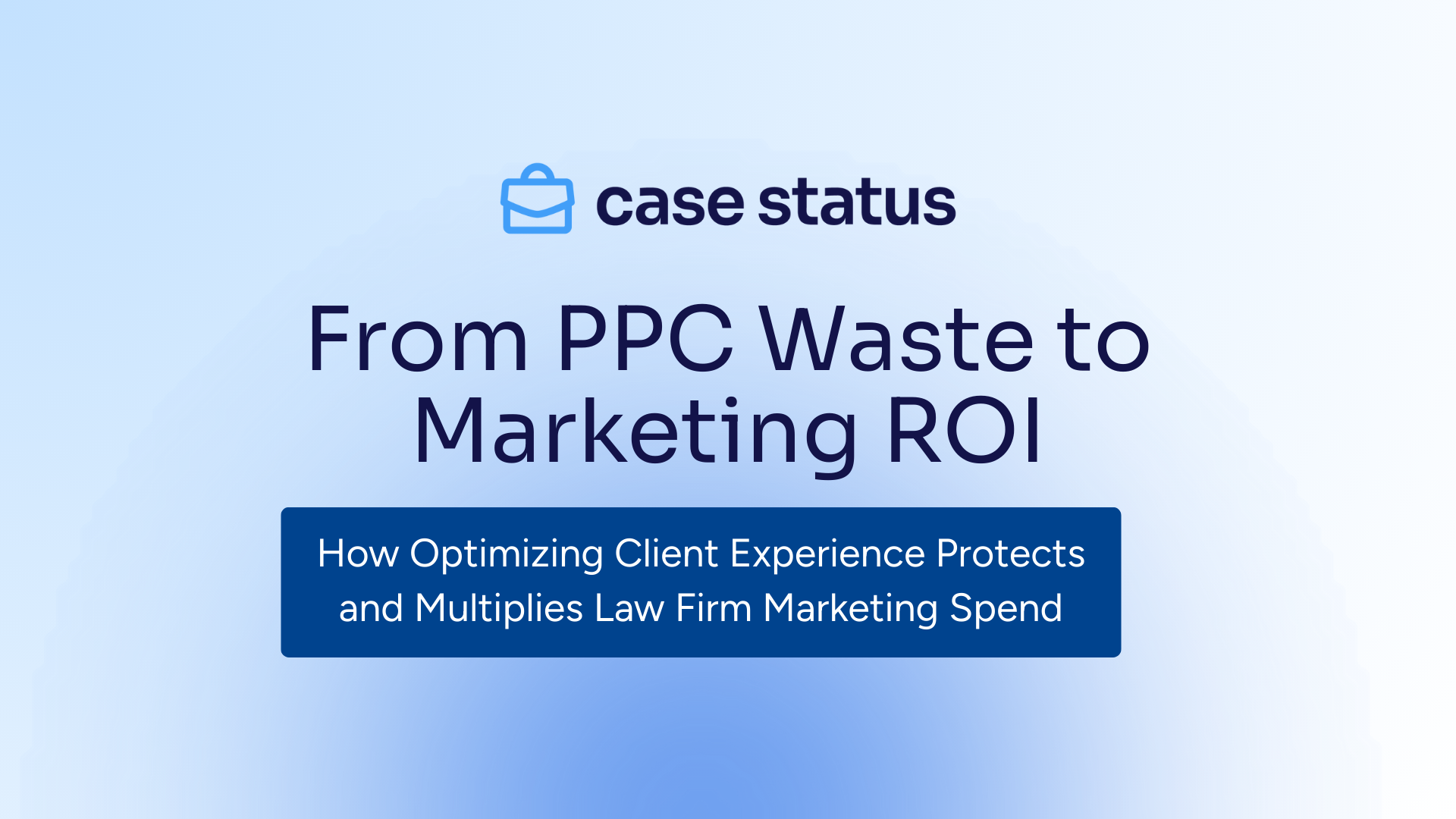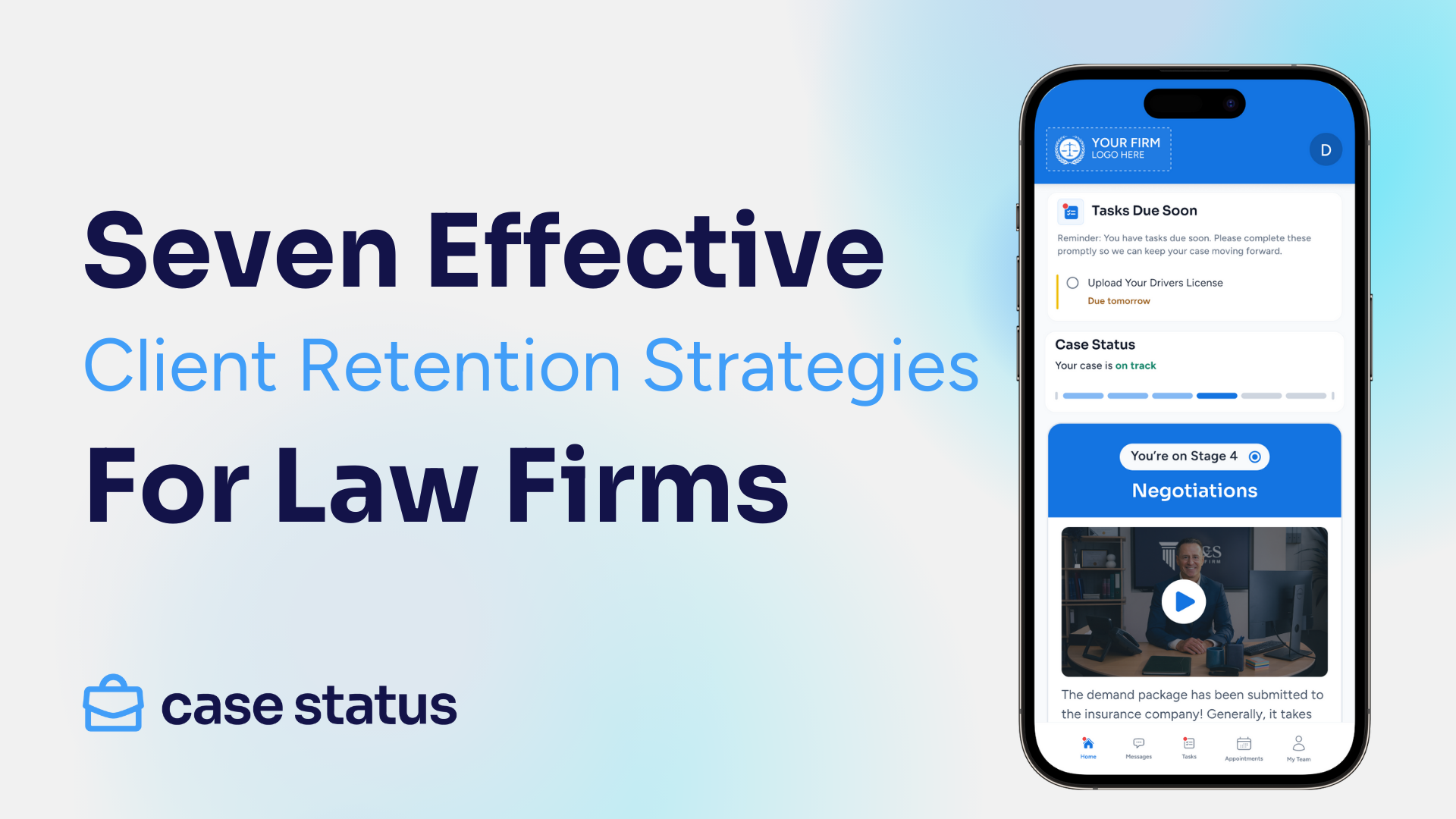
There is a lot of discussion about how to make a law firm successful. Some lawyers cite legal talent as a key factor, while others say a robust client base and a clear vision as obvious contributors. However, a host of well-planned law firm processes are just as important.
To effectively and efficiently satisfy your clients, it is essential to focus on analyzing and designing all the processes in your law firm. By recognizing and evaluating all the firm's processes, the firm can convert the steps and casual activities into systems that have measurement and that drive the quality and performance of their law firm.
In this post below, we will describe eight steps that a law firm manager can take to improve the main processes of his law firm.

1. Take Note of What You Are Currently Doing
Make a list of all the important processes your firm is involved in. Next: Write down the activities you currently do. Start by writing down each step that occurs for that specific process, you can use boards, maps, and even notes on a wall. Note who is responsible for each step. After writing all the steps, add who usually performs the step, and connect with the person responsible for the step. To be effective in step one, start with the simplest processes and then move on to the more complicated processes.
2. Simplify the Process
The quickest way to make a process more efficient is to cut all redundancies present in the process. So, once you have written down all the current steps of a specific process, look for any points that are inefficient or ineffective and eliminate them. Although you need certain steps because of customers, courts, or employees, there are often inefficient areas that are generated within the company. These inefficient areas are most noticeable and useless when you look at them closely and see their impact on processes.
3. Describe The Purpose for Each Step
Ensure the purpose and overarching goal of each process before moving forward. This can often be as simple as writing the main purpose of the process in the process document. Make sure the process is written in plain language and therefore you should avoid specific or overly technical language so that all employees on your team can understand it concisely and clearly.
4. Detail All Linking Factors
Determine what you need for the process to be successful. Address inputs such as information, people, and materials when configuring processes as it is an essential way to make the process more efficient. Keeping that in mind, determine: What is the source of the inputs and what inputs are needed to complete all steps in the process (whether it's a simple or complex process)?
5. Examine How Customers View Process
It is essential to analyze your entire client base when mapping all the law firm's processes. Your legal clients will not be aware of everything that goes on inside the law firm when you work on their case, nor should they be aware of it because the client also has a life outside the case. The client's case experience should be a very important part of your designing any process in your law firm. At Case Status, we help give clients access and ownership of their matters. Law firm clients receive a dashboard providing them an overview of exactly where their case is in the process. This significantly reduces how often clients reach out to request information on their case. Some firms have seen as much as an 80% reduction in phone calls, and a 90% reduction in emails from current clients.
6. Create A Detailed Plan
After analyzing the entire client point of view, the next step is to analyze all the specific steps that you and your team need to be successful with the process being analyzed. These are the steps that most people think about when it comes to "processes."
To put this into practice, take the work you just completed and use the information gathered to outline the fundamental steps in a new process document. While you do this, avoid being too formal or using too technical language, use the simplest and most concise language possible, as the goal in doing all this is to communicate clearly and objectively so that the process document you create can be a useful resource.
7. Work Together & Talk Through Flaws
Effective communication with the team members is the bedrock of sustainable business – which is what comes next in the process.
Once you've created a process document that describes the purpose of a process, the necessary inputs, and steps, make a note of what everyone on your team can quickly identify what a process looks like when it's done right. Clearly defining the goal of the process is just as important as taking the time to make sure everyone knows how to succeed in the process helps empower people to make decisions even in situations that are out of the script.
At the stage of creating a process document, you have the option of sharing scripts, and sample documents and in addition to delegating role-playing opportunities to your law firm team. With the help of your team, you can test this new process and resolve any complications related to the matter before putting the revised process into practice.
8. Take Responsibility
Once you've done the work to choose fundamental, repeatable processes that are important to how your business works, then you'll want to succeed at them. However, even if the process map is very designed and efficient, it may not be successful if no one in your company is willing to use it or if they are reluctant to do things the way they did before the process reviews.
In this scenario of low team adherence, someone needs to take responsibility for making the new and improved process executable to ensure that all new work remains. No matter who that person is, that person must also be empowered to ensure compliance.
When you are starting to change a long-standing process or implement a new one, you should keep in mind the personality of all the employees in your law firm. Consider how the process will impact different team members, so it can be helpful to find new ways to try to make it attractive, such as offering prizes to members who put the most effort into making the process successful to encourage team members to work together and to ensure that everyone is doing their part diligently.
There is no "recipe" on what the ideal system should look like for your law firm, but keep in mind that every company in the field must have an effective system as a base to increase efficiency and reduce redundancies. To learn more about how Case Status can help improve the processes of your firm, book a demo to learn more.



